Jonathan Sieff, racing driver, businessman and scion of the Marks & Spencer dynasty – obituary
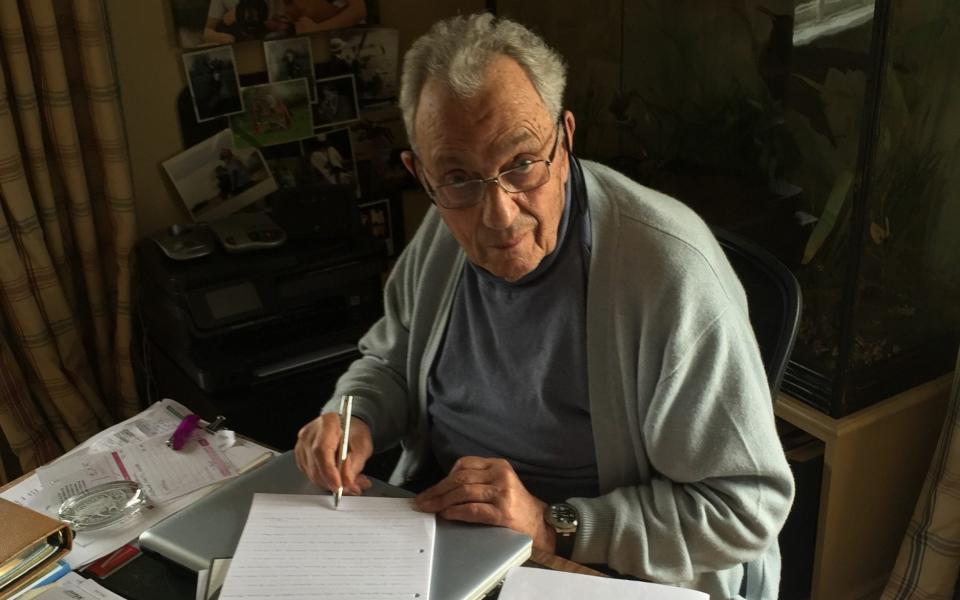
Jonathan Sieff, who has died aged 86, was a member of the Marks & Spencer family and a keen racing driver.
In his youth “Jono”, as he was known, made a miraculous recovery from a life-threatening crash at Le Mans and went on to run several motor-racing and automotive businesses with great success. He had a controlling interest in the Cooper group, and provided the red, white and blue Minis for the 1969 film The Italian Job.
He was born in Marylebone, London, on December 21 1933, the son of Michael Sieff. In the late 19th century his great-grandfather, Ephraim Sieff had emigrated from Lithuania, then part of Russian-controlled “Congress Poland”, to avoid military service in the Russian Army, to Königsberg, East Prussia, from which he was expelled, with other Poles, in 1886.
He reached Hull and made his way to Manchester, where he started a business sorting cotton waste, selling to Beaumont & Co and making his fortune. His son Israel married Rebecca Marks, daughter of Michael Marks, another immigrant, who started his business with a stall in Leeds open air market and created the Penny Bazaars.
He linked up with Tom Spencer, a cashier, and in 1894 Marks & Spencer was established. The Sieff and Marks families not only made a considerable contribution to British life, but as Zionists were disciples and helpers of Chaim Weizmann and, along with others, were involved in the creation of the State of Israel.

Jonathan’s father headed the textile-buying side for M&S and became a managing director. His younger brother, Marcus Sieff, wrote that he was “good in business, had a great knowledge of clothing and first-class relations with people. He was popular and respected inside and outside the business, but he was not as ambitious or pushy as I was.” So it was Sir Marcus (later Lord Sieff of Brimpton) who came to be chairman of the company.
Young Jonathan was educated at Marlborough. He loved cars from an early age and served two happy years looking after motor vehicles in the Royal Army Ordnance Corps on Dartmoor. He enlivened his National Service by embarking on a romance with the wife of a local pub owner and was once brought before his commanding officer for lending her the car of a two-star general. Fortunately the CO recalled that in his youth he had been let off a youthful indiscretion of his own by Jonathan’s father.
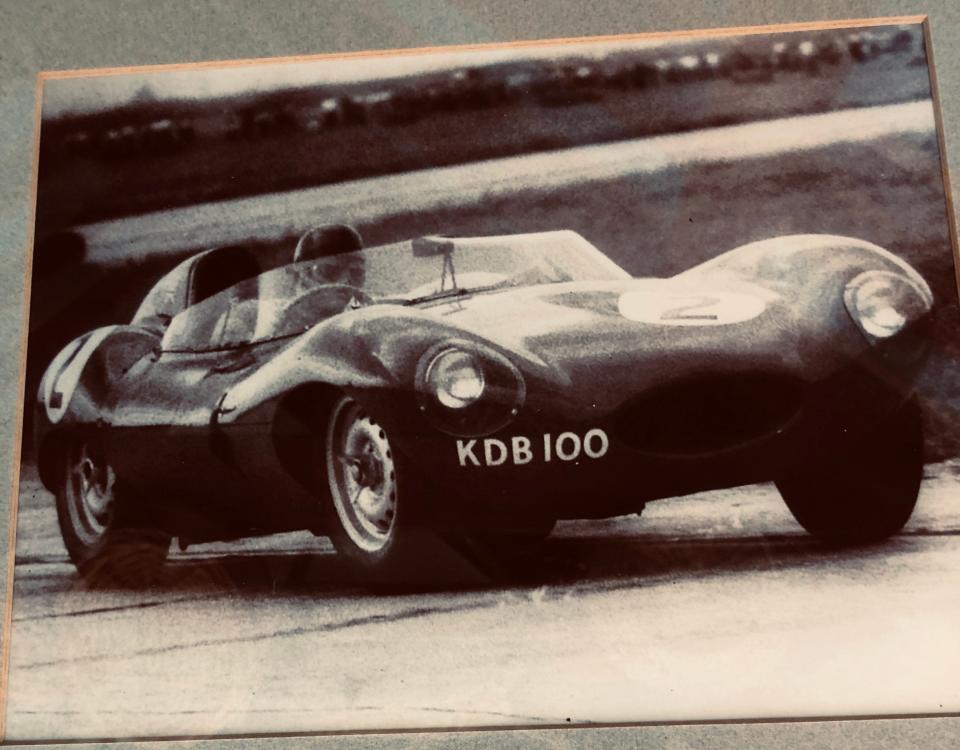
Twenty-five years on, Jonathan’s elder son, Mark, serving in the Irish Guards, unknowingly took his platoon to a pub near Thetford. On seeing Mark’s piercing blue eyes, the same as his father’s, the pub owner threw him out without a word, while his platoon enjoyed a pint.
Sieff went up to New College, Oxford, to read PPE, but he was unhappy there as he was not allowed to run a car, prompting him to drop out in 1955.
He then went to work behind the counter at Marks & Spencer, but it soon became clear that cars and motor racing were his passion. He began competing in club events when he was 23, first in a Mercedes-Benz 300 SL Gullwing coupé, acquired from Sir Thomas Sopwith. But, finding it “a pig to drive”, he moved on to a rear-engined Cooper-Connaught, and later a D-Type Jaguar. His best race was at Zeltweg in Austria in May 1958, where he held third place and could have won but for a cracked brake pipe.
Sieff had always wanted to race at Le Mans. Michael Taylor invited him to join the Taylor and Crawley team which owned Lotuses and Aston Martins, but a series of disasters occurred. Taylor broke his neck practising in his Colin Chapman-built Lotus 18.
Chris Bristow was then delegated to drive with Jonathan, but he and Alan Stacey were killed in the Belgian Grand Prix. On June 23 1960, Jonathan was told to drive the XL, but refused, instead taking out a 1,216cc Elite for night practice.
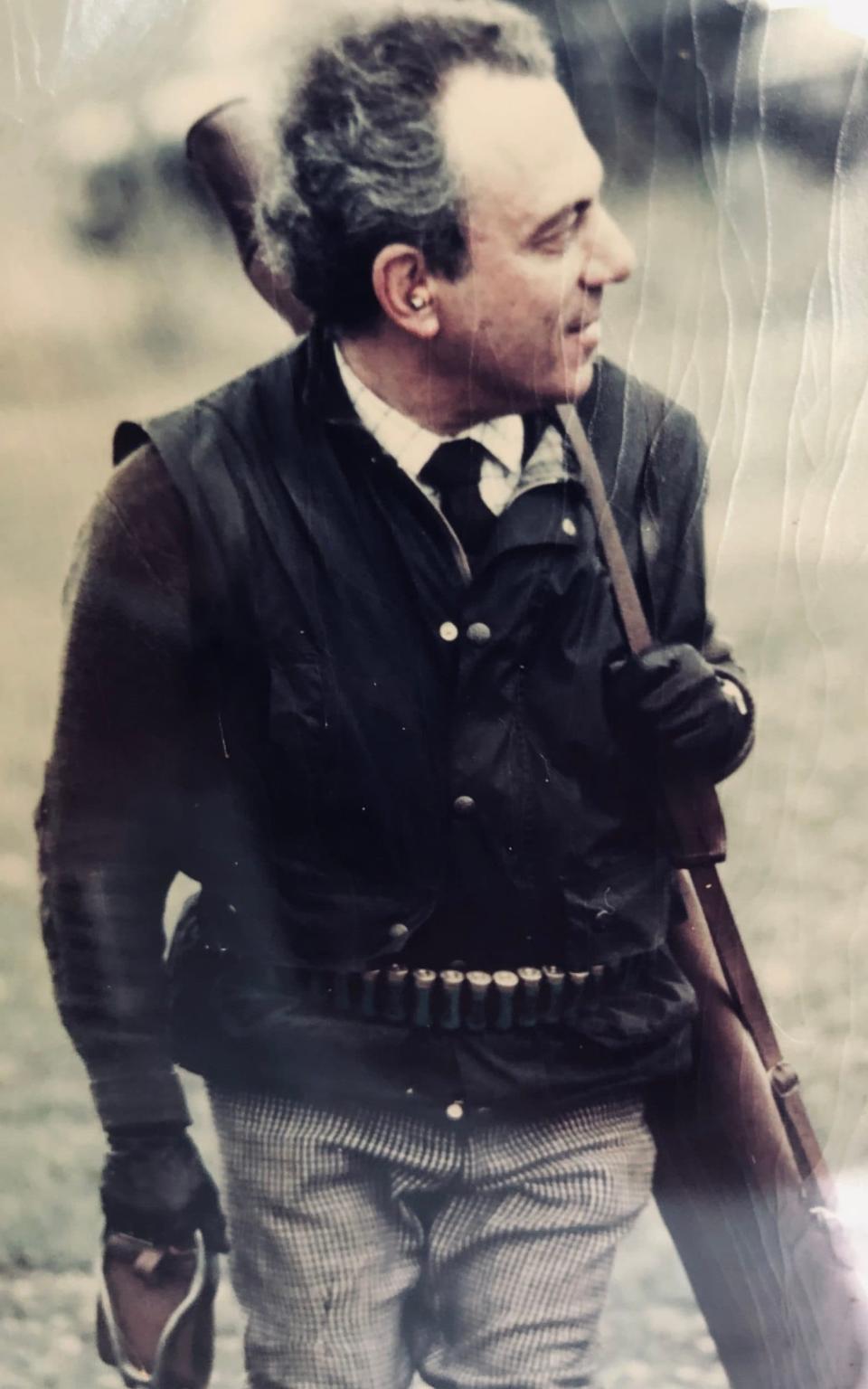
He crashed at about 120mph and was found by Roy Salvadori, up a tree in a garden on the side of the circuit. He had been thrown 20 feet from the car, which was torn in two. He remembered nothing about the accident.
The litany of injuries he sustained were listed by Sir Reginald Watson-Jones, orthopaedic surgeon to the Queen, as: “Very severe head injuries, including head injury with concussion, fracture of the spine with spinal cord injury, multiple fractures of transverse processes of the lower spine, disruption of the pelvis with dislocation of the symphysis pubis and sacroiliac joints, fractures into the acetabulae of both hip joints, extra-peritoneal rupture of the bladder complicated by acute renal failure and uraemia”.
Though doctors at the track worked through the night to save his life, no one thought he could survive. He was flown to the Hammersmith Hospital and then moved to the London Clinic, where he hovered between life and death for several weeks, his Monegasque wife Nicole saying that she would not leave his bedside until he was better.
One good thing came from this – a summons for breaking a 40mph speed limit in London on May 23 was dropped.
He was discharged in October, but never raced again, his father having disposed of his cars. In December 1961 his surgeon pronounced his recovery as “miraculously good”.
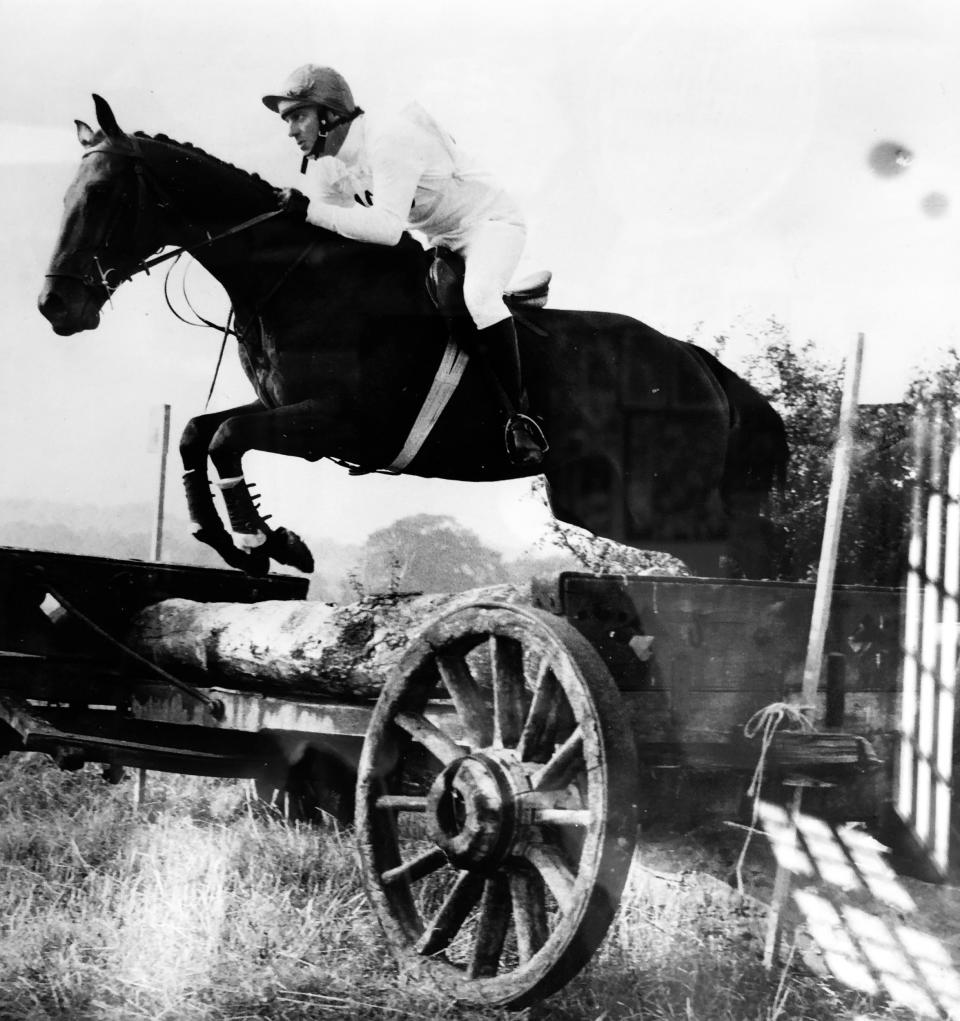
When he had gone into racing, Sieff’s accountant had suggested the tax advantages of taking a stake in a garage business. He bought into the Chipstead Motor Group, run by Peter Hodge and Mario Tozzi-Condivi, and in 1965 he acquired a controlling interest in the British Cooper Car Company, absorbing them into Chipstead in order to race cars in the Formula One world championship.
In 1966 he entered a Cooper-Maserati, then brand new, in the 1966 Monaco Grand Prix. They took on John Surtees, who gave up Ferrari in favour of the new V12 Maserati, and who was later replaced by the Austrian driver Jochen Rindt after Surtees left for Honda in 1967. The company was greatly strengthened by the appointment of Roy Salvadori as racing team manager.
In 1967 Sieff raised a copyright issue over the use of his cars and those of three other companies in the film Grand Prix. On the other hand, he provided three Mini-Coopers for The Italian Job (1969). The Minis were given future-dated registration plates to tie in with the release date of the film. They were all destroyed in accidents during the filming of the sewer chase.
In February 1967 a new group of executive directors had been appointed, and there was great expansion, but they closed down the racing side of the business in 1969 as it became too distracting. They held the concession for BMW, Maserati and Moskvitch in Britain, and the concession for Alfa Romeos in 12 southern counties.
By October 1967 they had decided to concentrate only on BMW, aiming to outsell Mercedes Benz in Britain, and by 1970 their turnover had doubled to £6.6 million. In 1972 Sieff took over as chairman of Vistby Finance, the company which owned BMW Concessionaires for the UK, and with David Blackburn he subsequently sold the business, together with the Cooper Group, to Tozer Kemsley and Millbourn (Holdings) PLC, where he was appointed as a main board director in addition to his role as chairman of BMW Concessionaires GB.
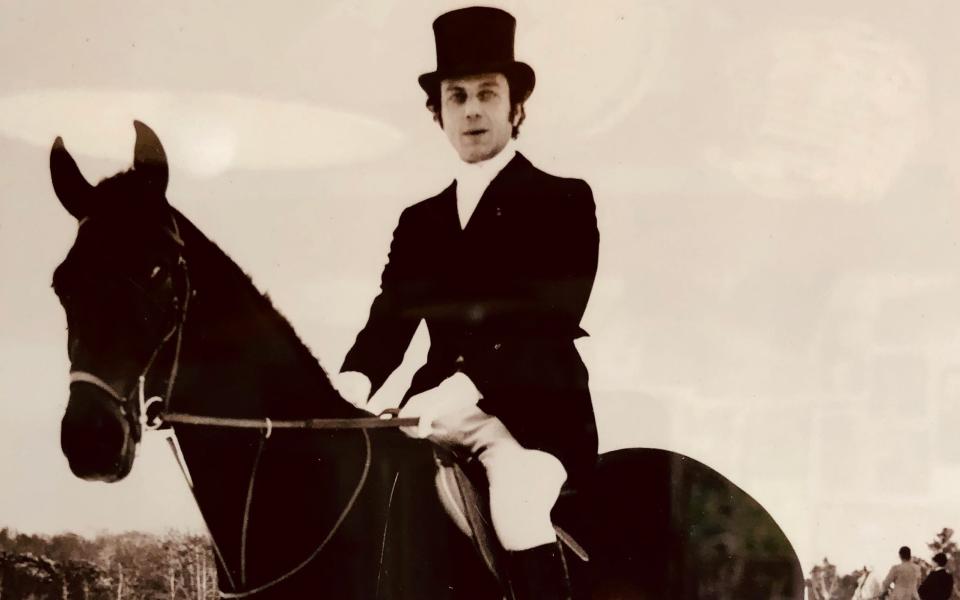
He subsequently became chairman of TKM Automotive, responsible for all of TKM’s substantial automotive interests worldwide.
Jonathan Sieff was married three times. His first wife, whom he married at the Mairie in Paris in 1959, was Nicole Moschietto, daughter of François Moschietto of Monte Carlo. He met her at a dinner given by Patricia Rawlings, at which he surreptitiously altered the seating plan in order to sit next to Nicole. They had two sons and divorced in 1966.
Later, Nicole became the last girlfriend of the Queen’s cousin, Prince William of Gloucester, following his return from Tokyo. Prince William was killed in August 1972 taking part in the Goodyear Air Race at Wolverhampton.
Sieff married secondly, in 1966, Angela Pringle, a well-known model who had worked for Pucci and many other international designers. They had one daughter, Rebecca, who married Simon Howard, who ran Castle Howard for the Howard family with considerable success for many years.

After his divorce from Angela, Jono married, in 1986, Candy Seymour-Smith, the jeweller, to whom his children attribute 34 years of great happiness for him, in which he was able to pursue his numerous other interests. He was a highly erudite intellectual and linguist with a considerable knowledge of music and literature in all forms, able to quote Shakespeare and T S Eliot at length.
He was a keen collector of art and books, he rode to hounds, evented and enjoyed shooting and bridge. He loved to travel and was a connoisseur of cooking and wine.
He is survived by his wife, two sons and by his daughter.
Jonathan Sieff, born December 21 1933, died July 1 2020

 Yahoo News
Yahoo News 